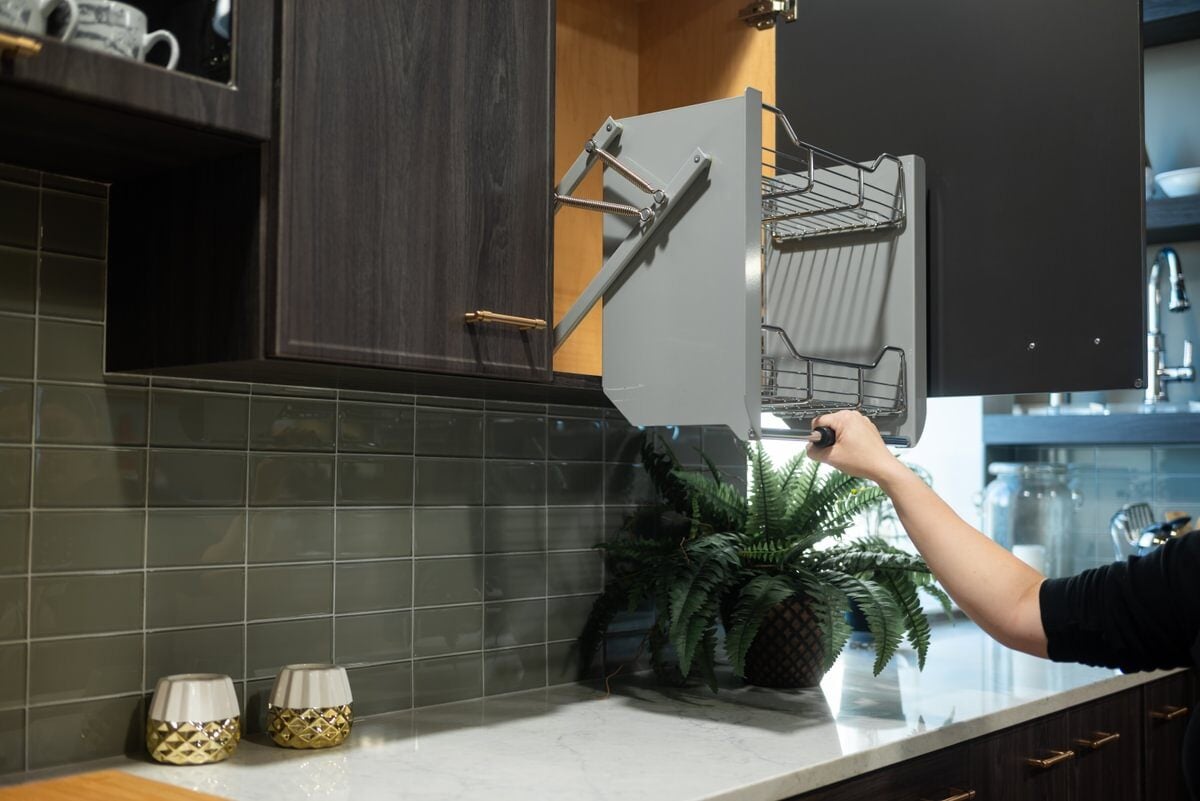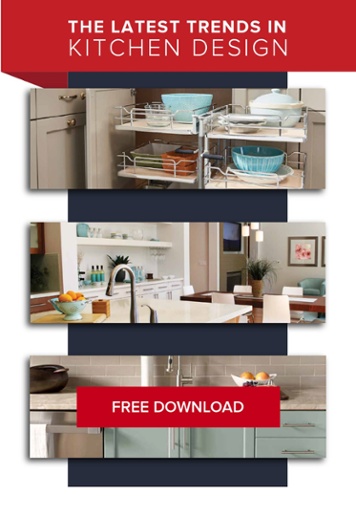Embarking on a kitchen remodel offers the perfect opportunity to infuse your Bucks County home with a sense of history and charm, harking back to the days of Downton Abbey and Upstairs Downstairs. These shows offer a glimpse into a bygone era where the kitchen was the hidden heartbeat of the estate, a world away from the grandeur of the dining rooms above.
These spaces were less about communal gathering and more about culinary efficiency—a place of service rather than socialization. Yet, the allure of these historic designs is undeniable. As you set out to create your own true English kitchen, be sure to blend the classic charm and functionality of yesteryear with the conveniences of today. Here's how you can do it!
What is the English kitchen style?
What we refer to today as the Traditional English Kitchen design was modeled after the Georgian-era tradition of a "servants' hub". Spanning the 1700 to 1800s under the rule of King Georges (I-IV), it was a time marked by vast social and political change. We know the British are associated with the aristocracy and monarchy and their kitchens reflected this division in class systems as well.
The Georgian kitchen designs were simple and modest—after all, the servants didn't require all the vast amenities the rooms upstairs had. In that regard, the English kitchen is functional and practical for all your cooking needs. This design is on trend in 2019 and adding English flair into your home pulls out all the best qualities of the Georgian kitchen without the antiquated feel.
If you want to bring that charm into your home, here are some characteristics of the English kitchen that have evolved naturally over time from its place in history.
How to design your English-inspired kitchen?
During the Georgian-era, servants observed a family-style dining experience—only after the resident family had eaten of course! In a time of zero to minimal-electricity, where form is second to function, there was a sense of family and togetherness even if it was delegated to the servants' quarters. We can see how these historical, yet family-centric tenets have transferred into a contemporary, "upstairs," format.
Optimizing workspaces for efficiency
A working kitchen prioritizes function over form to meet all the needs of your family. Optimize workspace countertops to get the most out of your room. Simple and practical materials were favored in these designs. Marble offers up beauty and elegance but also a solid choice for all your cooking needs. If marble isn't an option, quartz is just as practical and durable.
Be sure to think about a workflow that fits your needs with a layout that works best for your family and your kitchen. Adding ample storage solutions is another step in designing a room that’s not only functional but useful for years to come.
A muted, neutral color palette
Sticking to a more monochromatic palette makes sense in a busy kitchen that was ultimately designed to serve others. Who could be concerned with repainting cabinets, trim and other accents, in an assortment of complementary colors? There was no time to worry about design elements like that while having to simultaneously serve three meals a day and afternoon tea in a prompt and efficient manner.
The muted color choices are a smart and effective foundation that work just as well in today's busy family kitchens. Meals and snacks are constant as parents, kids, grand kids and friends shuffle in and out of the room around work, school and extra-curricular schedules. Going with one or two neutral colors in a trendy matte finish means lower-lifetime maintenance needs and costs.
Furniture-style cabinetry: A nod to nobility
While your kitchen appliances and certain accents may be contemporary (we’re thinking stainless steel sinks or stylish stool seating), an English kitchen-inspired remodel will have traditional trim and finish accents. You'll want to take a furniture-like approach to cabinetry as well.
This would include more ornate or raised-pattern trim on cabinets and items with feet or pedestals on the bottom. A stand-alone cupboard or hutch are incorporated for all your storage needs. Even a mantel over the oven captured the classical architecture of the time. If there are any family heirlooms include them in this design. There are opportunities here for you to showcase the formality of the kitchen while creating something beneficial for your family.
The island (or a big butcher block) is a staple element in these historic rooms. And it can be a furniture-like piece as noted above. Maybe you want to repurpose something from another room, or you made a great find at a flea market. Refurbish and convert a dresser or sturdy table into a workable island. Keep in mind that these items may need to be upgraded to ergonomically correct heights to accommodate your posture when prepping for long periods of time. You always want an accessible and livable kitchen!
The island is another area for precious storage space. Just like the kitchen on Downton Abbey, keep this area in mind for your large mixing bowls or pots. You'll have exactly what you need all within arms reach. The extra countertop space also gives you more room to prep your meals for all those hungry guests.
Symmetry and order
Order was the very basis of the English monarchy and class system, and that same penchant led to a celebration of symmetry in the home. In this way, stepping into the kitchen provided a feeling of uncluttered balance and tidiness.
You don't have to go crazy making things symmetrical, but do consider balance in terms of texture, contrast and materials. To add some modern updates to your space you may choose pendant lighting over the island. Depending on your island size be sure to think about the balance over each plane of view. And always include storage solutions to keep surfaces as free and unfettered as possible.
Subtle opulence & recycled luxury
Often, outdated or slightly faded luxuries from upstairs were handed off to the downstairs realm. This meant the kitchen benefited from embellishments providing feelings of grandeur—like velvet drapes, a prized china tea pot or a marble baking slab—but they were never overstated. With hand-me-down items you won’t be taking a page out of the maximalist style design book but rather refining those items for just a few simple, elegant accents.
Considering a kitchen makeover to bring a bit of regal order and charm to your home? Why not infuse your space with the timeless allure of an English-inspired design? At Kitchen Magic, we know how to enhance both the function and the style of your cooking space. Simply contact our seasoned team for a free, in-home consultation. We're excited to explore the possibilities with you and demonstrate how we can enhance your kitchen to suit your noble tastes. Give us a ring—we’re all ears for your ideas and ready to transform them into reality.











